Latin name: Stromantha
Category: perennial herbaceous plants
Origin: Central and South America
Exquisite and delicate stromanta
Stromanta is an attractive herbaceous perennial belonging to the arrowroot family. All his chosen ones shine with a picturesque appearance and capricious character.
The most whimsical among them is the stromanth flower.
But you can also be friends with a beautiful stromantha, bringing its growing conditions closer to natural ones.
Native places of natural residence of stromanths are damp tropical forests of the South American continent. Here, the incomparable stromantha inhabits areas close to streams, rivers and reservoirs, mostly low-lying areas that are periodically flooded by flood waters. In conditions of high humidity, thanks to regular showers, a warm tropical climate, scattered but bright sunlight, long daylight hours and loose, airy, slightly acidic soil, the stromanth plant feels great, reaches up to one and a half meters in height and leaves up to fifty centimeters. Such criteria should be strived for when growing the beauty of the tropics at home.
And then the most stylish, variegated and bright stromanta can become your favorite, both at home and at work. Its beautiful, impressive size up to thirty-five centimeters, oval leaves attract with their variety of colors. Pink, green, cream, shiny, they are painted with arbitrary stripes and presented with multi-branched stems. On the reverse side, a violet-purple leaf with a hint of silk is no less original. For the ability to turn towards the light, and at night to raise the leaves vertically upwards, as calathea and arrowroot do, the plant is called "praying" or prayerful.
Flowering stromanta in the home is a very rare occurrence. Of course, I would like to see white, pale yellow, small, fragrant flowers, collected in a spikelet on your favorite stromant. This is what you should strive for.
Each of the fifteen plant species is beautiful in its own way.
Stromanta species
Pleasant stromanta (Stromanta amabilis)
Decorative and deciduous compact perennial, up to thirty centimeters high. Stromanta pleasant flaunts with its light green leaves. They have the shape of a regular oval, decorated with dark green stripes extending from the central vein to the edge of the leaf and forming a Christmas tree branch. The reverse side of the leaves has a greenish-gray color with a pinkish tinge.
Blood red or bloody stromanta (Stromanta sanguinea)
The blood red stromanthus is the messenger of the Brazilian rainforests. A relatively large flower, reaching a height of up to one meter. The pointed leaves of the blood-red stromanth are oval up to 40 cm long and up to 13 cm wide. The outer side of the glossy leaf is green with dark stripes, and the leaves are dark red below. Based on the blood-red stromanth, new varieties have been developed that are distinguished by a variety of leaf colors.
Stromanta triostar
The triostar stromanta variety is most valued by flower growers. The upper surface of the leaves is dark green with alternating spots and stripes of light pink, and the reverse side has a maroon color.
Stromanta multicolor
One of the cultivars of the Blood Red Stromanth variety. The dark green background of the upper side of the leaf plate has an original painting in the form of spots similar to splashes and streaks of light green and white shades. The lower part of the leaves is burgundy in color.
Stromanta home care
Stromanta caring for her requires certain skills and the fulfillment of certain conditions for growing a capricious and demanding tropical light-loving and thermophilic flower. The plant can be grateful: to please with its picturesqueness in compositional arrangements, amateur collections, at exhibitions, in winter gardens and become an ornament to any interior.
Location
It is desirable to place the stromant in a bright, but not too sunny place, excluding direct rays of the sun and drafts. The lack or excess of illumination directly affects the size of the leaf plates and the quality of their color. The best option can be considered the western or southwestern territories of the premises.
It must be remembered that the stromantha is a shade-tolerant flower, but not a shade-loving one.
Temperature
The thermophilic stromanth is opposed to significant temperature fluctuations, especially cold air. The temperature regime acceptable for it falls within the range from 18˚С to 26˚С.
Watering and humidity
Water your stromantha generously every three days in the summer. Vodicka needs to be defended and slightly warmed up. In winter, watering is reduced to once a week. We monitor the condition of the soil, which should be slightly dried on top.
Stromante needs high humidity up to 90%!
Another such lover of moist air is cyperus.
Achieving this level of humidity is not easy. Necessary frequent spraying with tiny droplets resembling dust particles. The installation of a flowerpot in a tray with wet expanded clay or pebbles will increase the humidity. A warm stromante shower wouldn't hurt either. The bathroom can be the original home of the beautiful stromanta.
Transplant and suitable soil
Young stromanths are transplanted annually at the end of spring, and older plants - with an interval of three years.
The pot should be wide for better growth of superficial roots, which can be lightly covered with moss.
Don't forget good drainage.
The soil must be well breathable. You can use an earthen mix for azaleas. An inpidually prepared substrate should look something like this: one part should be leafy soil, humus soil, coarse sand or perlite, peat and half the norm of soddy soil. The presence of charcoal in the composition also does not interfere.
Stromanta reproduction
When transplanting a plant, it can be easily propagated by piding the bush and planted in a peat-sand mixture. Abundant watering and the conditions of a mini greenhouse will only benefit.
You can also dilute the stromant with cuttings that have three leaves. Cut specimens must be placed in water or moist peat soil. We are waiting for the appearance of roots for a month and a half.
Top dressing
Enhanced plant growth requires top dressing with liquid complex fertilizers. The main thing is not to overdo it. To do this, you need to take only half the concentration of fertilizer. It is also useful to feed the stromant with organic matter, a ten percent solution of mullein is suitable.
Stromanta diseases and pests
Such dangerous pests can harm the stromante: spider mite - we determine the enemy by the gray web on the back of the leaves. Scale insects, thrips, whitefly and mealybugs can also harm the plant. When uninvited guests are found, we treat the plant with insecticides. You can use actellik or karbofos.
Difficult moments in growing stromantha
- Stromanta leaves dry, and also turn yellow and fall off - very dry air.
- Why do stromanta leaves curl? The reason may be both a lack of moisture in the soil, and its waterlogging and overfeeding of the plant with fertilizers.
- Loss of color by the leaves and their drying, growth retardation - an excess of sunlight.
- The stems rot and become lethargic - the temperature of the content is too low and the air humidity is very high.
Why doesn't the stromanta grow?
- Lack of Light: Stromanthe needs a bright but blurry light spot to thrive. If the plant is in a place that is too dark, it may not get enough light for photosynthesis and growth.
- Nutritional deficiencies: Stromantha needs nutritious soil and regular fertilization to thrive. If you do not fertilize the plant or use the wrong soil, it may not receive enough nutrients to grow.
- Lack of Moisture: Stromanthe needs regular watering to grow healthy. If you don't water your plant often enough or don't give it enough water, it may not get enough moisture to grow.
- Root problems: If the roots of a stromante are damaged, such as by drying out, overwatering, or rotting, the plant may not grow.
- Diseases or Pests: Stromante can be affected by various diseases or pests that can stop the growth of the plant. Some of these problems can be treated if you find them early enough.
To help your stromantha grow healthy, make sure you provide it with a bright but washed out light spot, fertilize it regularly, water it enough, and provide it with healthy soil.
Very fastidious and capricious in growing, the stromantha will thank for the attentive and conscientious care with its bright exotic leaves throughout the year and will become a unique pearl of any living space.




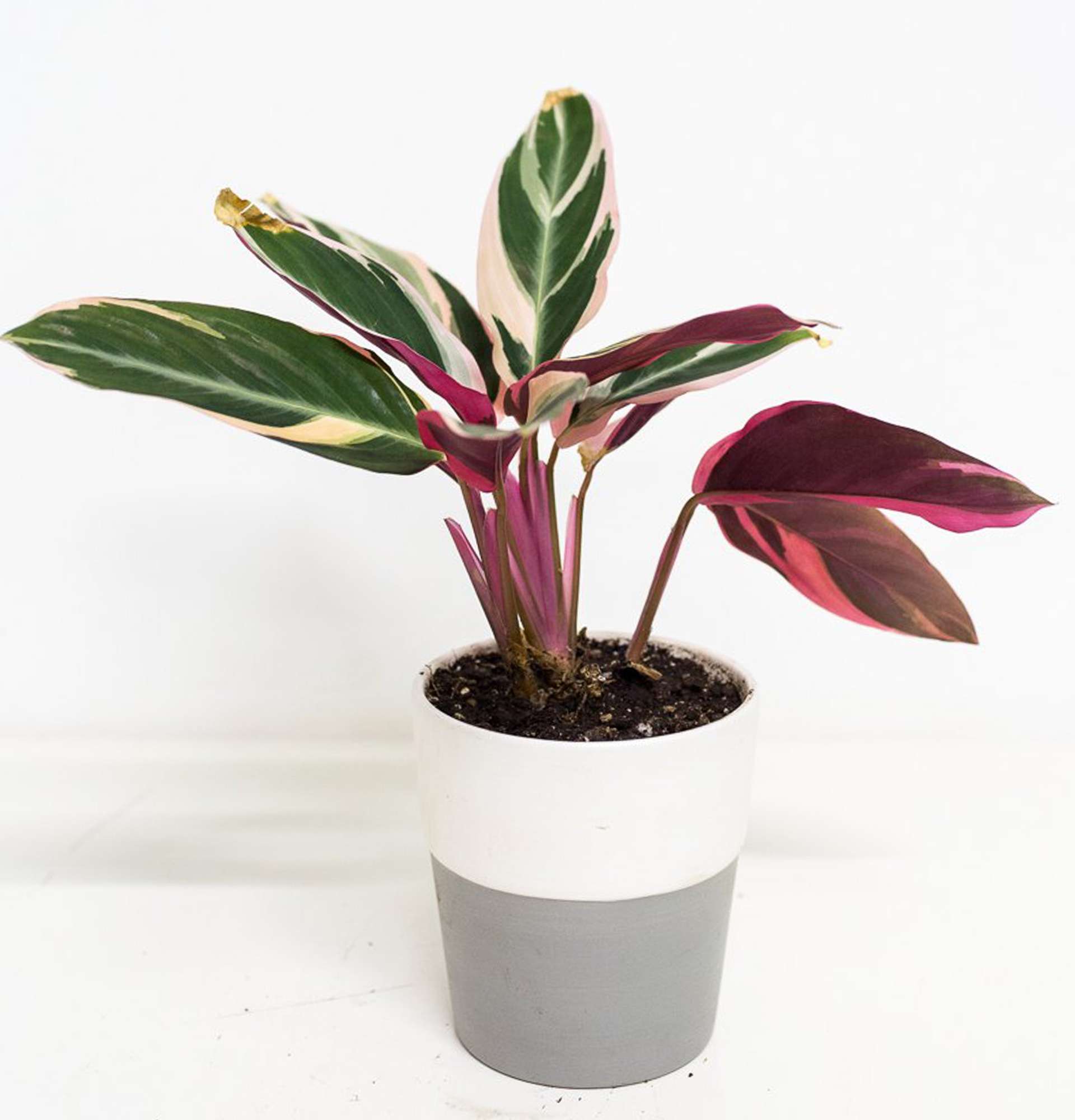










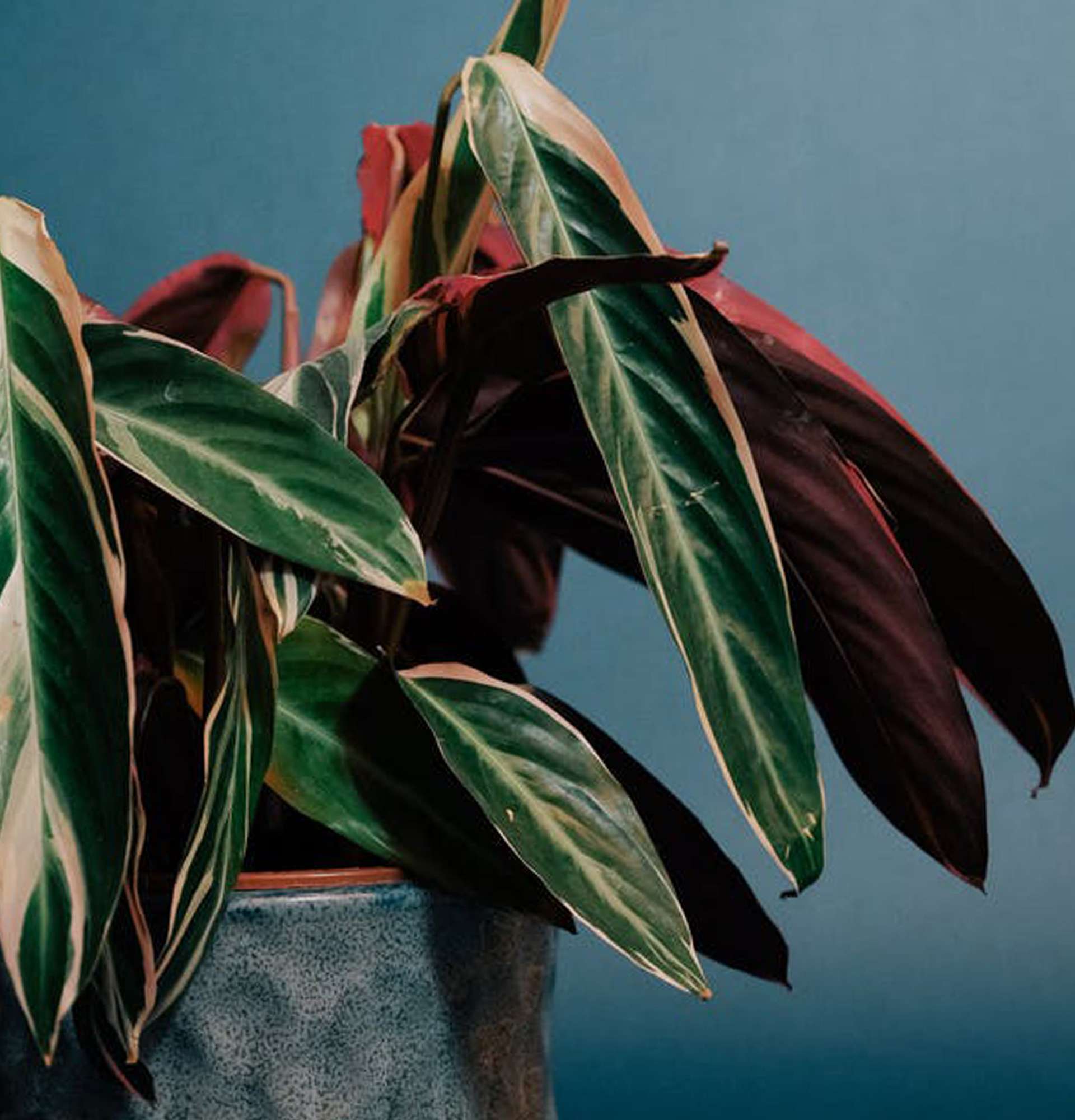
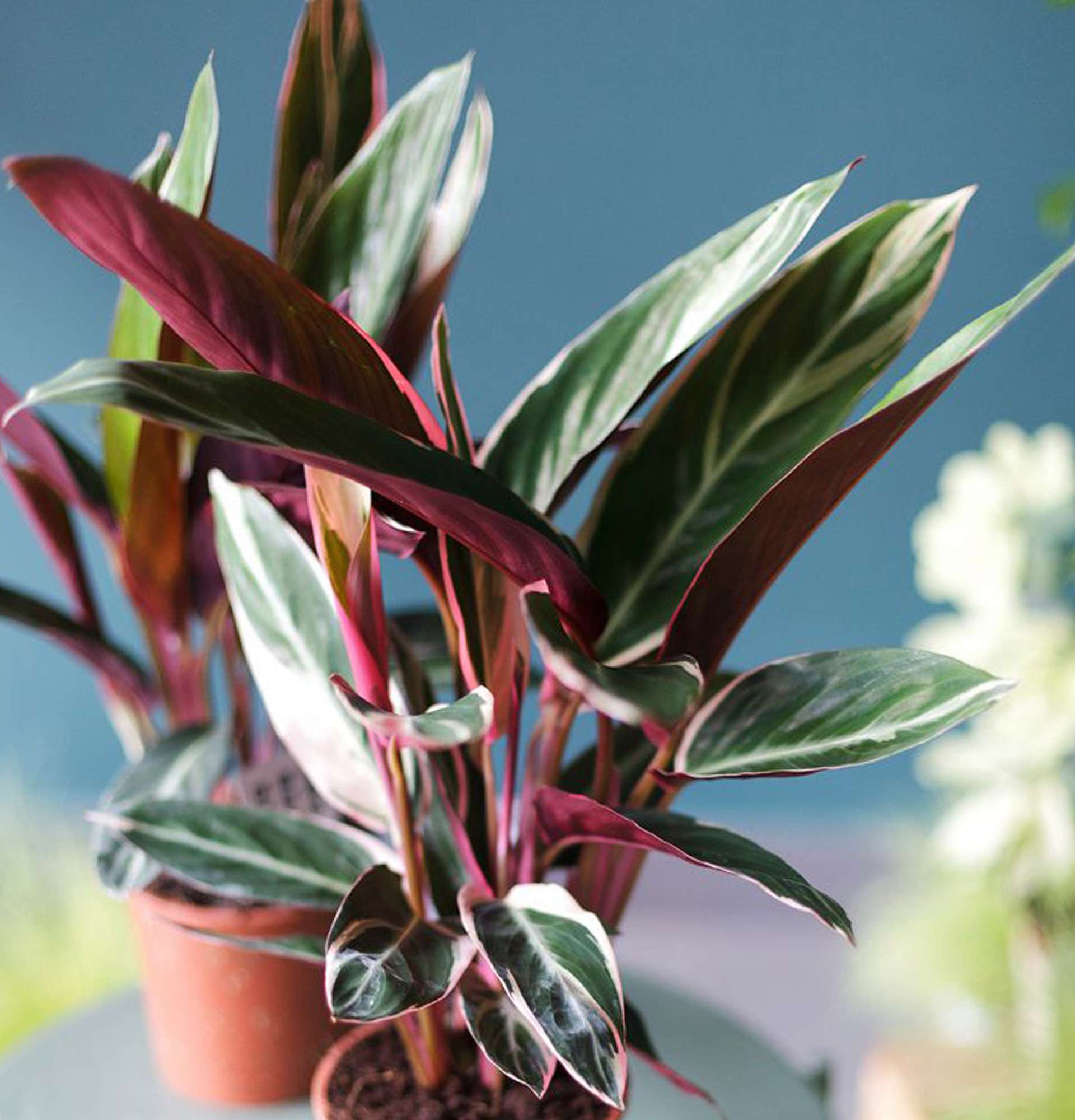
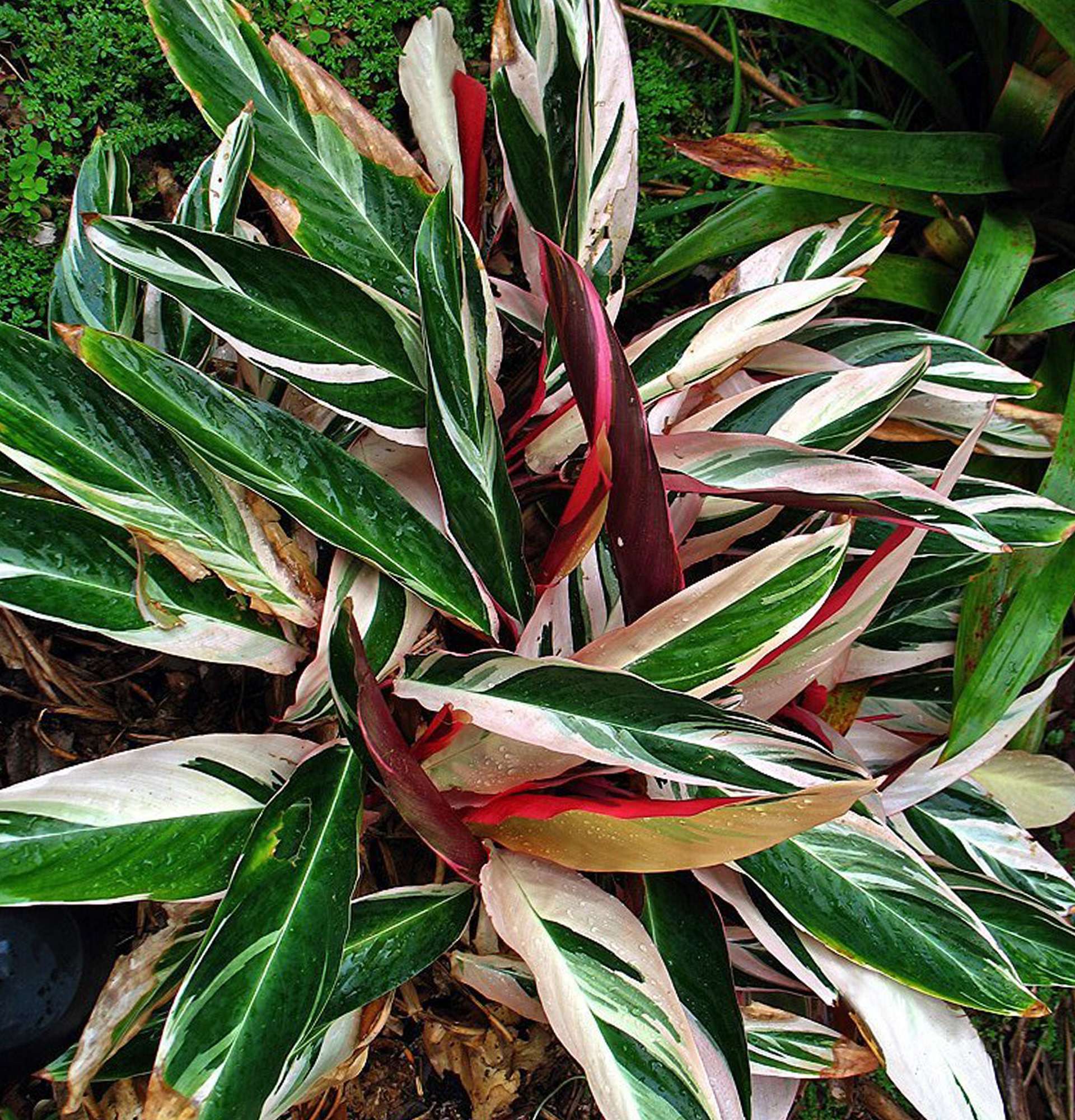
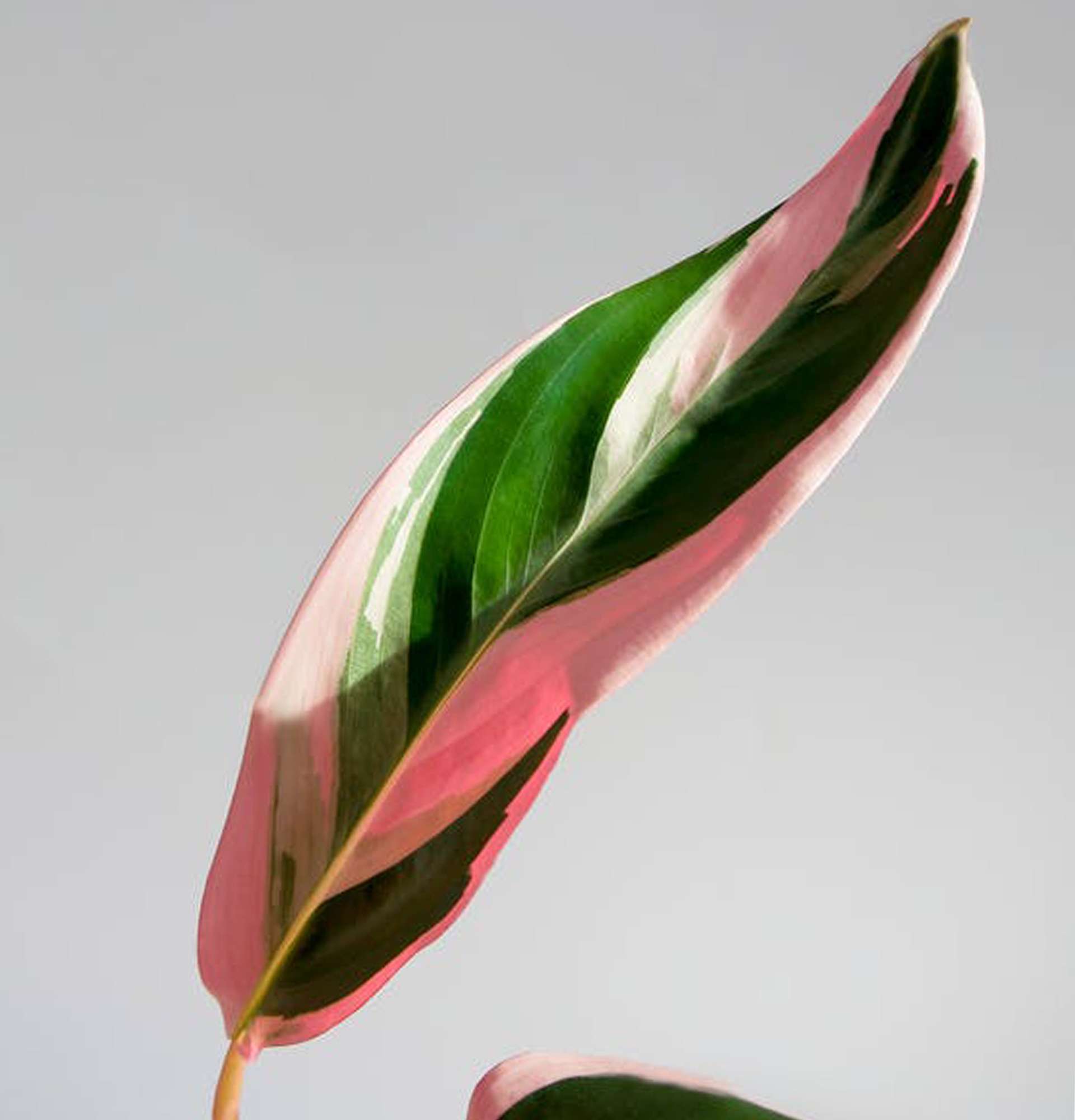

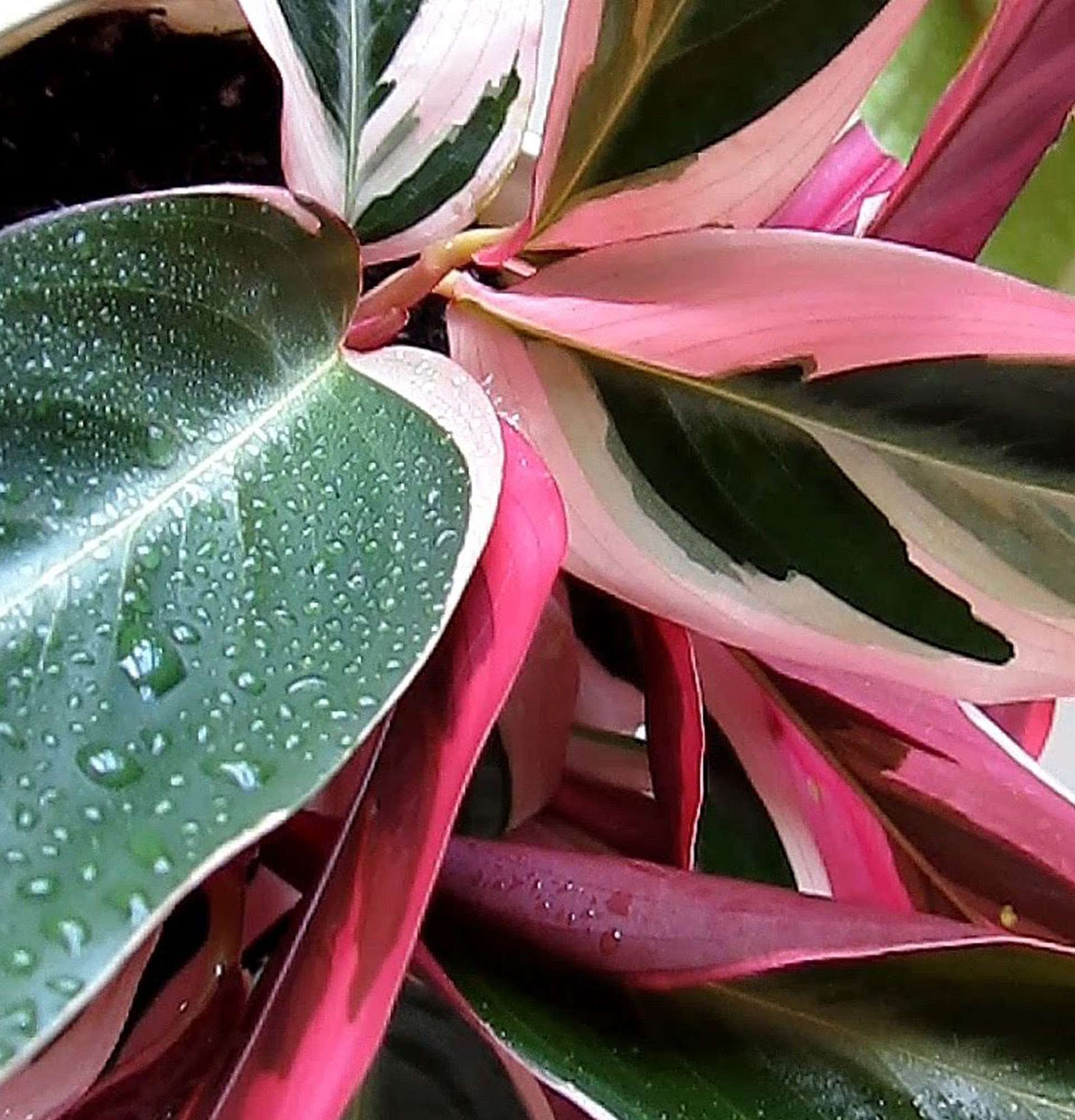
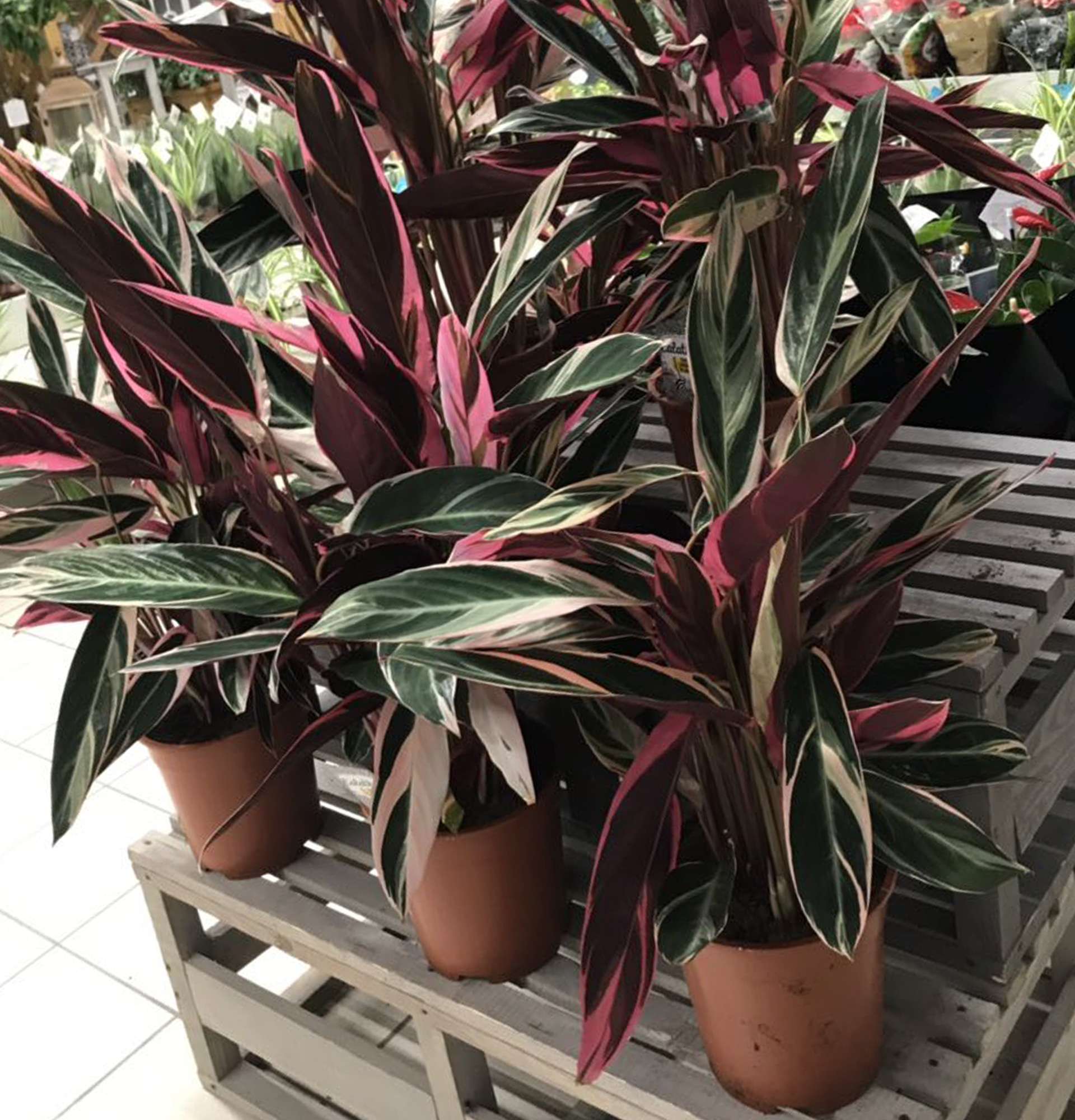
Write comments
Comments